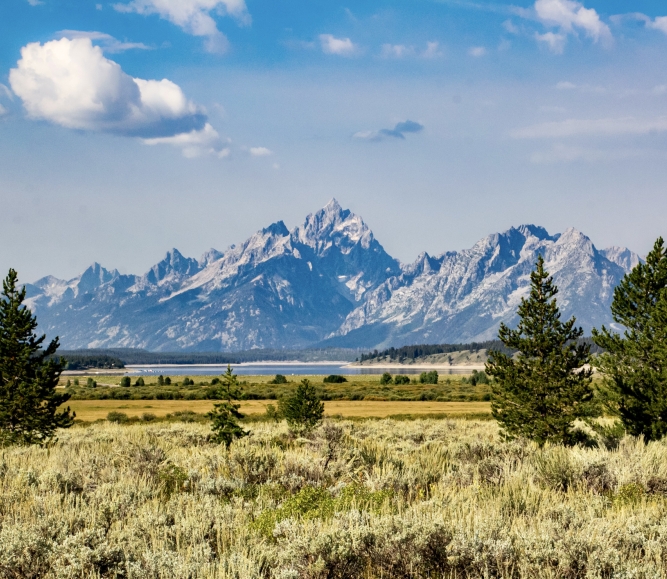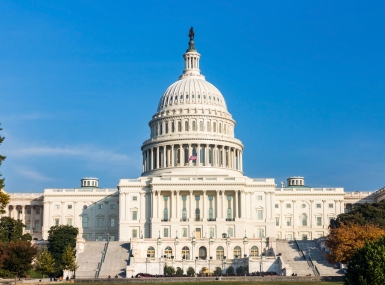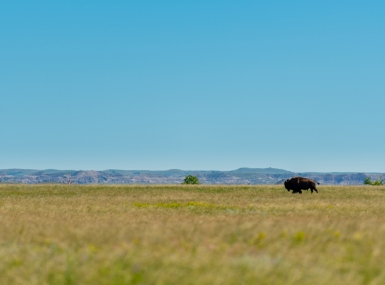A Split Story: Economic Trends in Public Lands Counties

Upcoming Events
Related News
Sixty-two percent of counties have federally owned land within the county boundaries. These counties cannot collect property taxes on federal land yet must still provide essential services for residents and visitors each year.
Federal public lands counties experience high growth on average; however, when analyzing by county size and share of public lands, the story becomes more complex and the economic trends of these counties demonstrate both growth and decline.
One consistent likeness among public lands counties, growth or decline, remains the limitation on revenue generation through taxation, property or otherwise, which can cause revenue shortages that strain service delivery expenditures.
To understand the county landscape and the impact of public lands on counties, we examine the local economic trends by share of public lands counties across the nation, breaking the analysis into high share (85% or more), medium share (25-84%) and low share (24% or less).
Depending on the share of public land in a county’s boundary, challenges such as remote area access, infrastructure development, substantial visitor traffic, difficulty rebounding the economy amidst natural disasters, and coordination with the federal government persist at multiple levels. While share of land is an important distinction, all public lands counties face the challenge of county needs outstripping resources.
Featured Initiative
National Center for Public Lands Counties
The NACo Center for Public Lands Counties is dedicated to advancing the policy and practice study of America’s public lands counties. Our mission is to deepen the understanding and address the unique challenges faced by counties containing federal lands through strategic research and collaboration.

Related News

U.S. House of Representatives passes SPEED Act and other permitting reform bills
On December 18, the U.S. House of Representatives passed the SPEED Act (H.R. 4776). The SPEED Act would strengthen county involvement in decision-making and make needed commonsense reforms to the federal environmental review process.

House Natural Resources Committee advances the Endangered Species Act Amendments Act of 2025
On December 17, the House Natural Resources Committee advanced the Endangered Species Act (ESA) Amendments Act of 2025 (H.R. 1897). The version passed by the committee adopted several changes from the initial bill and would address key county concerns by improving the implementation of the ESA. The legislation now awaits a floor vote before the whole U.S. House of Representatives.

County Countdown – Dec. 15, 2025
Every other week, NACo's County Countdown reviews top federal policy advocacy items with an eye towards counties and the intergovernmental partnership.